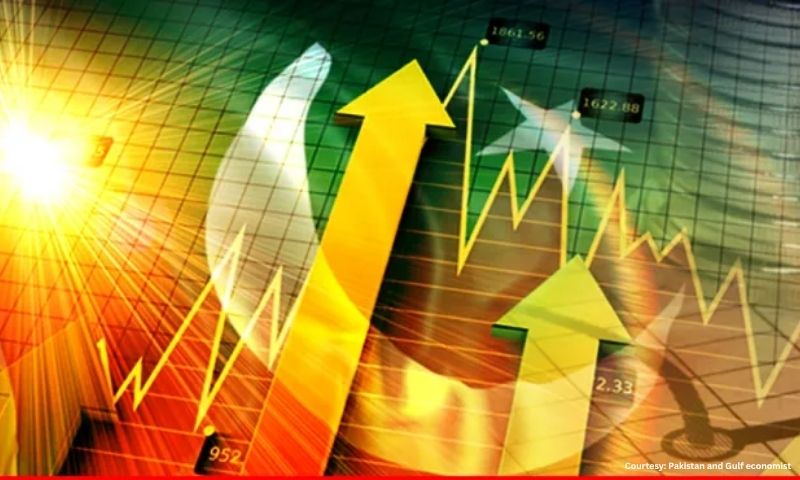ISLAMABAD – Pakistan’s Ministry of Finance has projected a July inflation rate between 3.5 and 4.5 percent, reflecting a sharp decline supported by interest rate cuts, a stable exchange rate, and prudent fiscal management. The ministry noted that the economic recovery is likely to continue into the early fiscal year 2026, buoyed by stronger investor confidence and improved fundamentals.
The report highlights that the economy grew 2.68 percent in FY25, while the country posted its first annual current account surplus in 14 years, totaling $2.11 billion, largely due to higher remittances and export‑driven inflows. Pakistan’s foreign exchange reserves reached approximately $19.9 billion by mid‑July, reflecting enhanced external stability.
Large‑scale manufacturing activity saw an uptick in June, supported by improved private sector credit and higher production volumes. The ministry anticipates this growth to strengthen the trade and export sectors in the coming months.
However, officials warned that heavy monsoon rains pose a major threat to agricultural output and supply chains. Flooding and crop damage could hinder rural production and fuel food inflation if the weather persists. Losses to staple crops like cotton, rice, and maize have already raised concerns about meeting annual growth targets.
The ministry emphasized that fiscal consolidation, revenue mobilisation, industrial and agricultural modernization, and reforms to improve the business climate remain critical to sustaining economic growth in the long term.
This story has been reported by PakTribune. All rights reserved.



